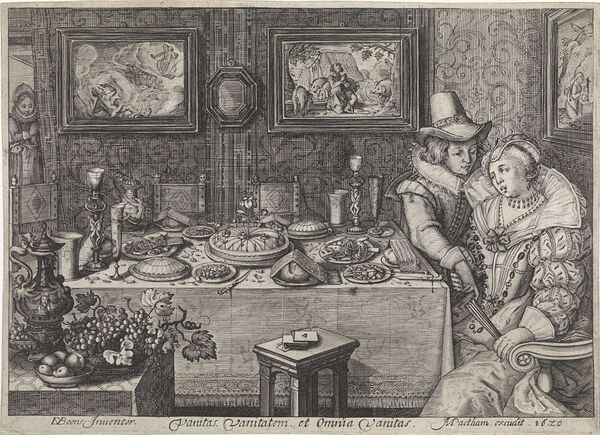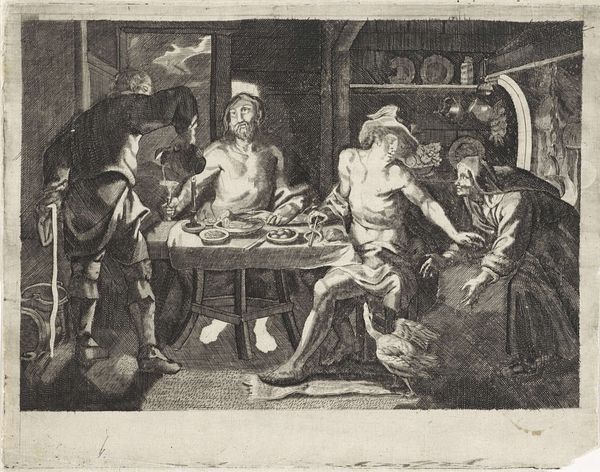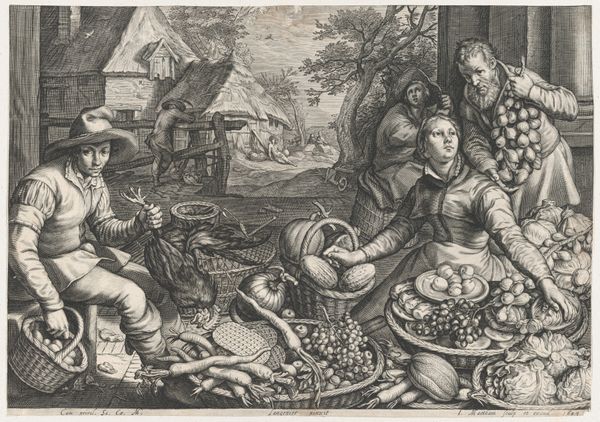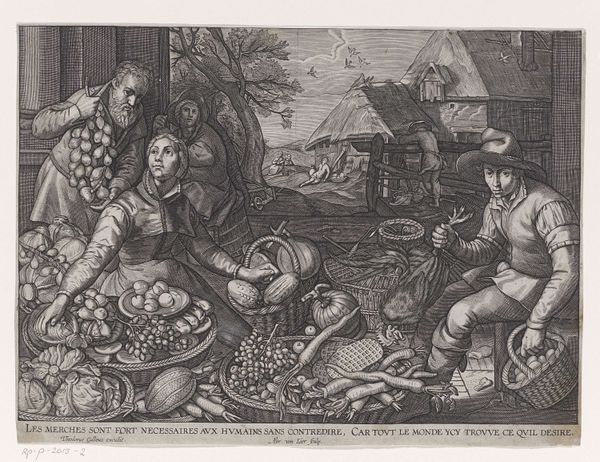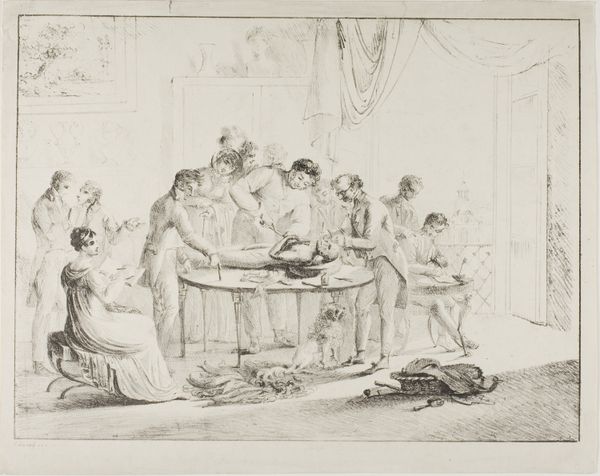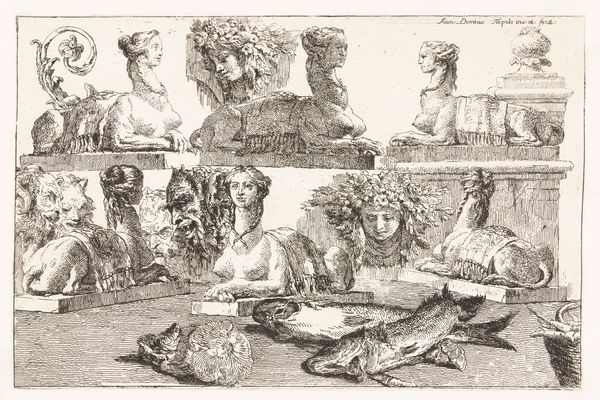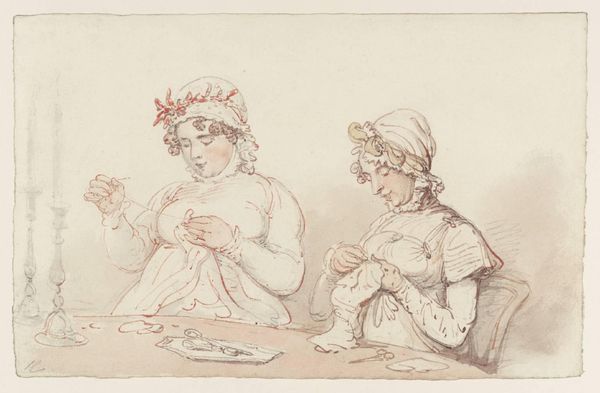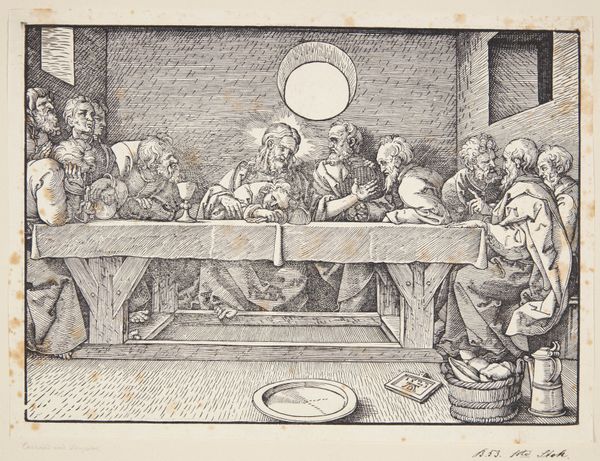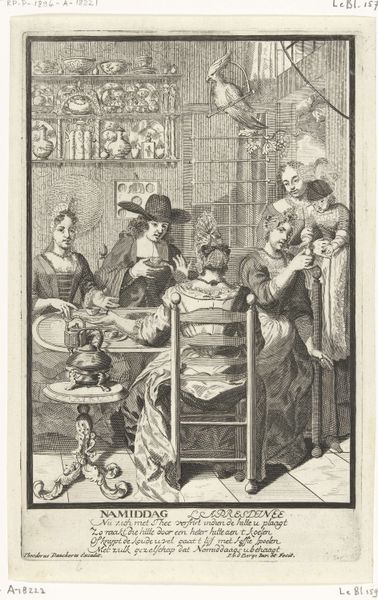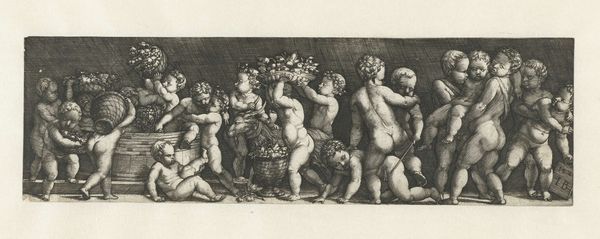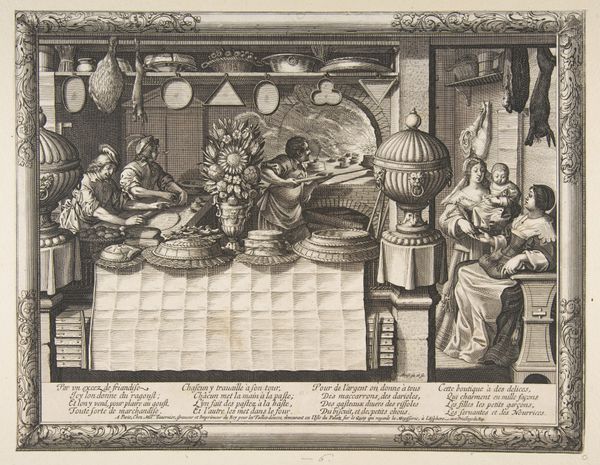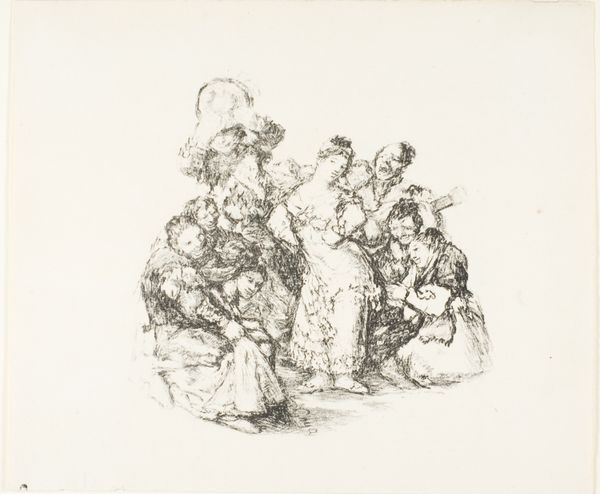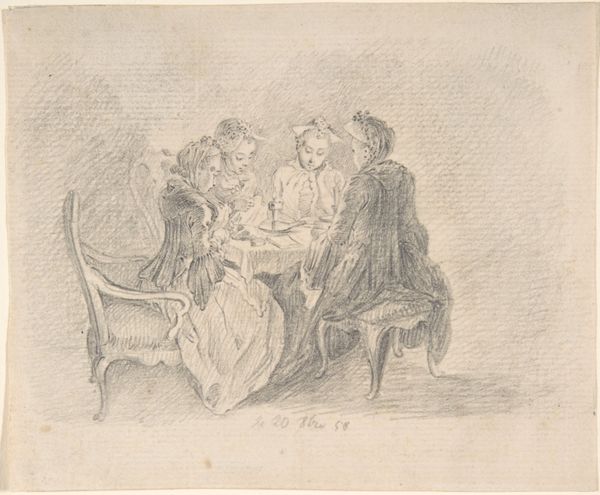
painting, oil-paint
#
food
#
baroque
#
painting
#
oil-paint
#
oil painting
#
genre-painting
Copyright: Public domain
Editor: Take a look at "Still Life of Fruit and a Plate of Oysters." The artist is Osias Beert. The painting seems to be Baroque, right? It's this whole scene of abundance, but it’s so formal and carefully arranged. What do you see here? Curator: Well, first off, consider the rising merchant class in the Netherlands at this time, who acquired their wealth through overseas trading ventures; food equaled prestige, right? Beert created an almost photographic-like detailed description of food which has social meaning; a rise of mercantilism showing luxury items like oysters. Editor: Oh, I didn’t think of it like that! It’s more than just showing off tasty treats. So, what was the public role of art during that time period? Curator: It was multifaceted. On the one hand, these still lifes reflected and reinforced the values of the burgeoning merchant class—their wealth, their taste for luxury, their appreciation for detail and order. And who was able to view art like this? Editor: Probably the wealthy! So, was it almost like propaganda for a particular social class? Curator: One could argue that these displays of wealth helped legitimize their power, shaping perceptions. And where were these paintings likely displayed? Editor: In their homes, to further showcase their status. I never thought about still life having such a social and political side! It really does show how intertwined art and society are. Curator: Precisely! It reveals how imagery reinforces societal structures.
Comments
No comments
Be the first to comment and join the conversation on the ultimate creative platform.
